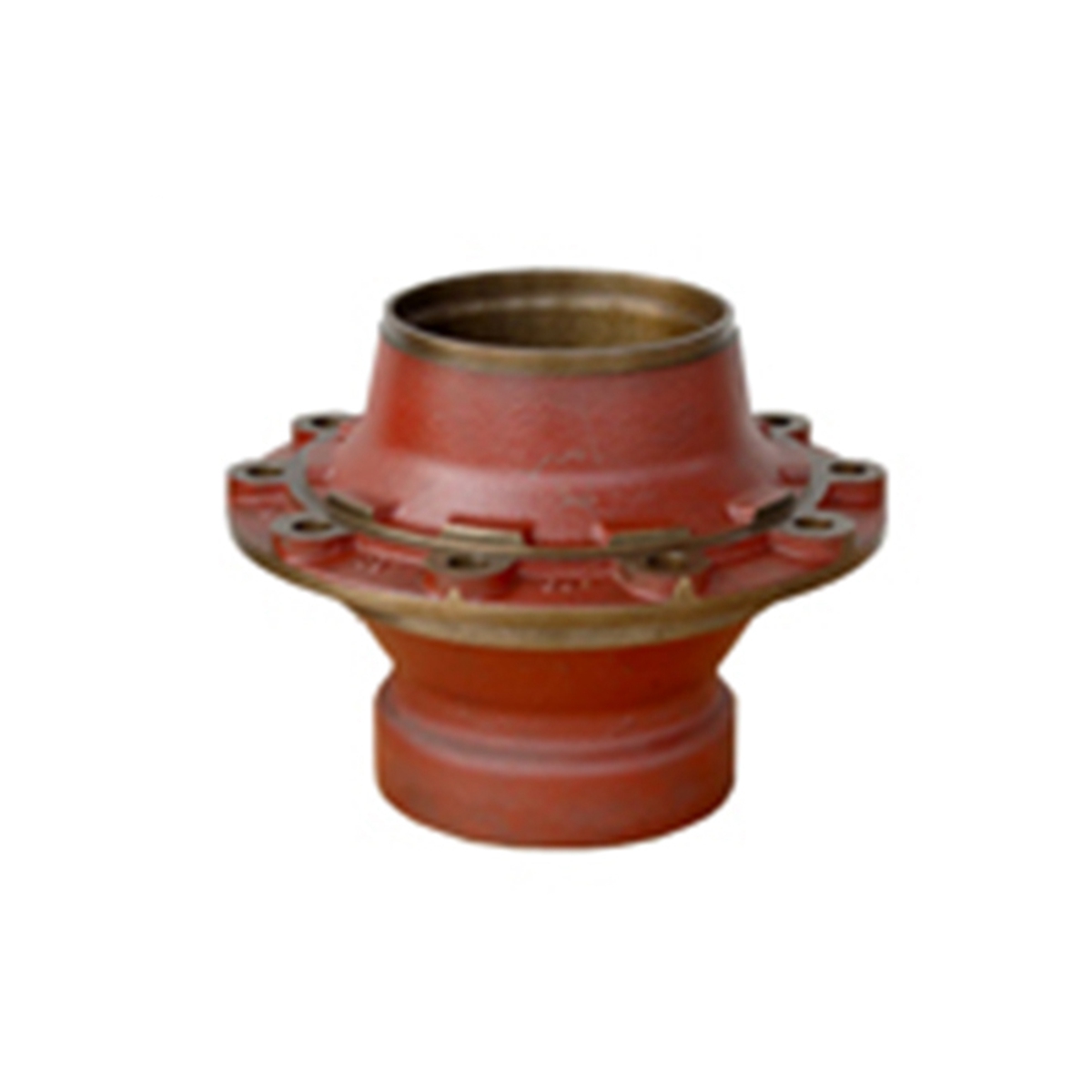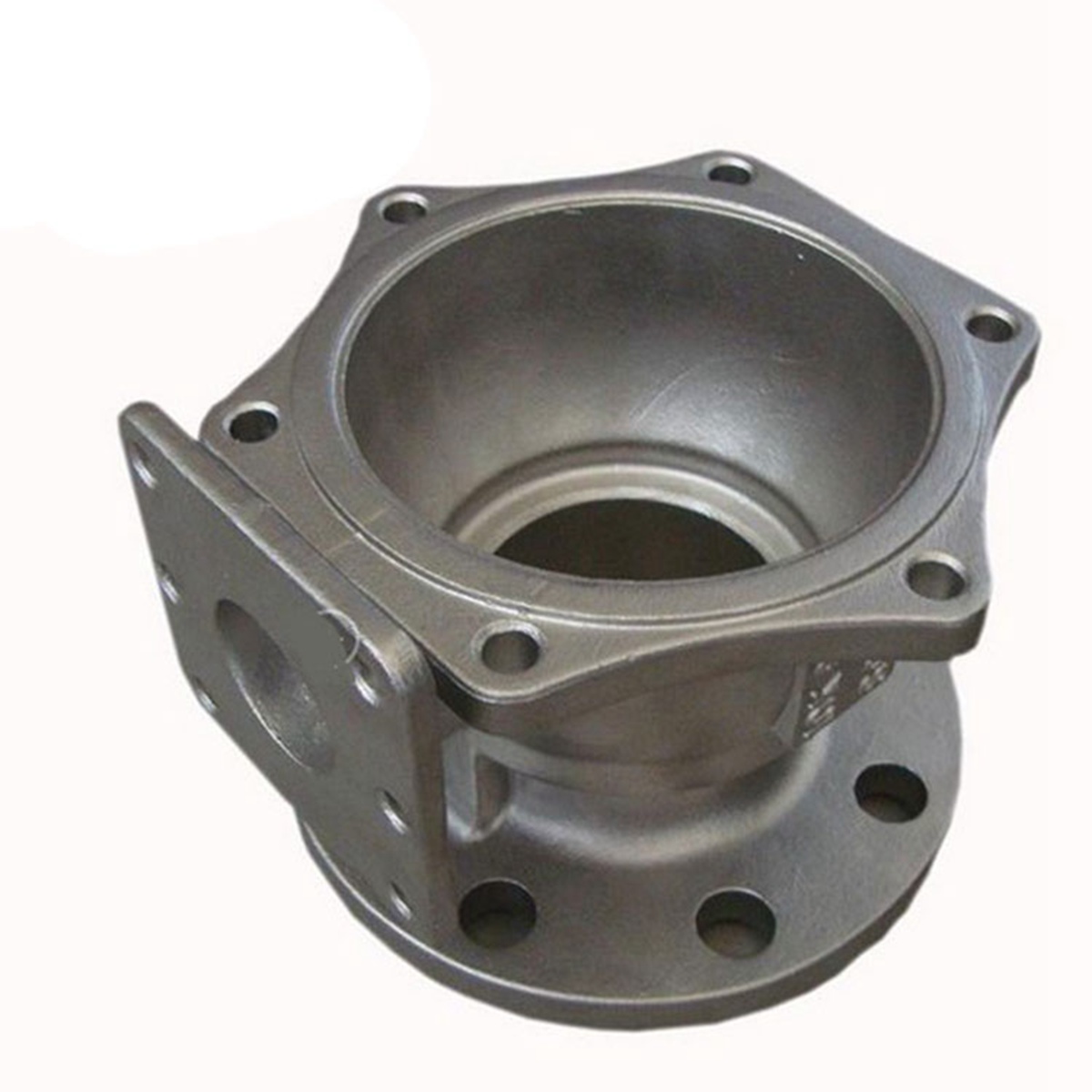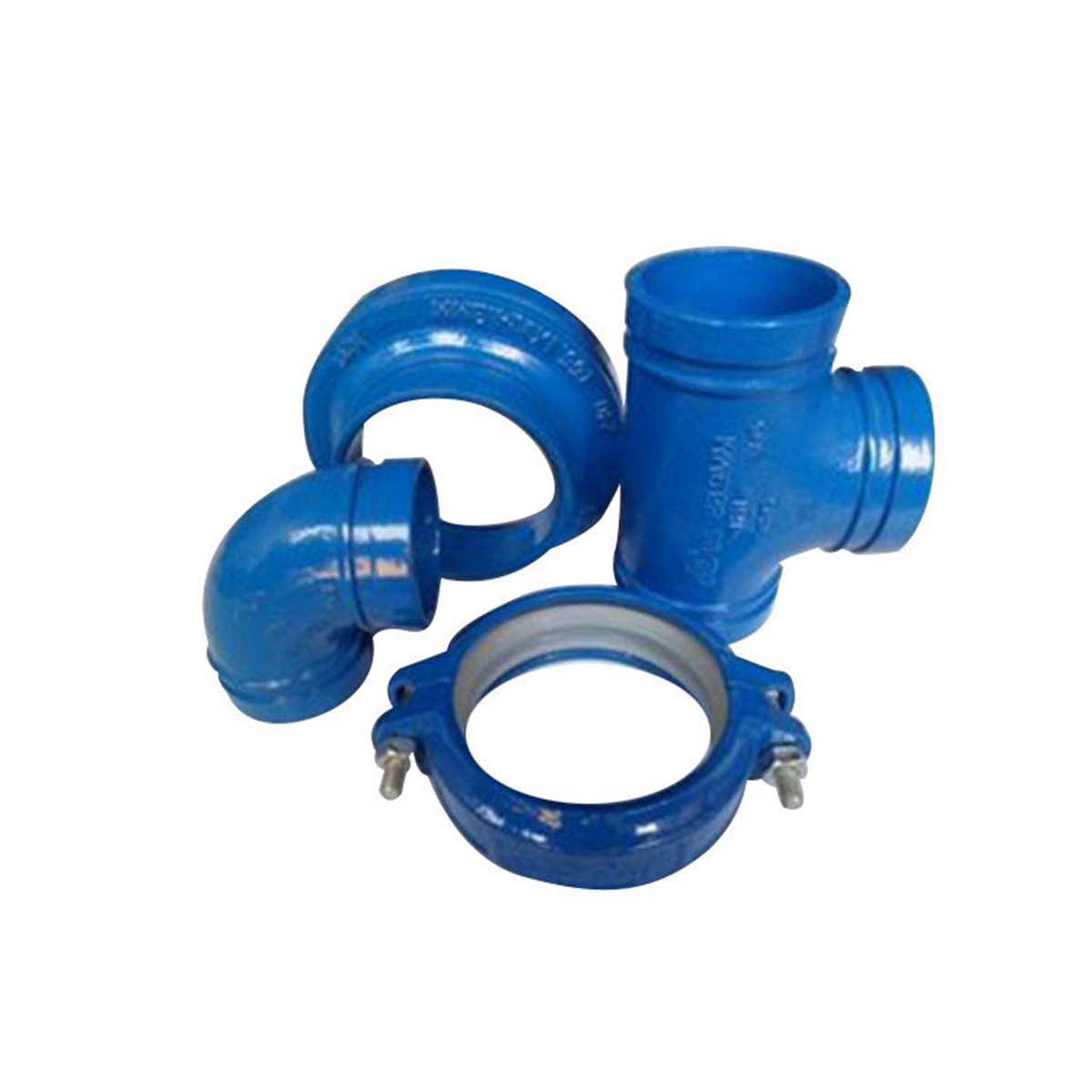
Electroplating is compatible with many different metal substrates, and some non-metals – plastics, for example. It can be a great method for increasing hardness or improving corrosion and wear resistance. Some of the materials that are compatible with electroplating are listed below:
- Brass: Brass is often used in electroplating processes to create corrosion-resistant, decorative finishes on parts, particularly for fasteners, plumbing valves and fittings, and home decor. Typical brass-plated substrates are steel and iron. Although brass can tarnish and lose its aesthetic appeal over time, it still adds corrosion resistance to materials typically susceptible to corrosion.
- Cadmium: Cadmium is not used in electroplating as widely as other metals like copper, gold, or silver because cadmium is toxic, and the extra safety precautions required for its safe use add cost to the plating process. However, it can improve the wear and corrosion resistance of parts. Additionally, cadmium has antibacterial properties and mitigates the growth of mold. Cadmium plating is often used for parts in the aerospace and marine industries.
- Chromium: Chromium plating is popularly used to create visually attractive parts in the form of chrome-plated surfaces. Beyond that, chromium is naturally corrosion-resistant and hard which helps to improve a material’s corrosion and abrasion resistance. However, chromium plating creates hazardous byproducts in the form of hexavalent chromium or trivalent chromium compounds that must be properly disposed of to mitigate health and environmental hazards.
- Copper: Copper electroplating is applied to a wide range of parts across different industries due to its ability to improve a part’s electrical conductivity, antibacterial properties, and corrosion resistance. However, copper oxidizes over time which can eventually lead to a dull or undesirable appearance.
- Gold: Gold is a popular metal used for electroplating due to its electrical conductivity, and aesthetic appeal. However, gold is expensive compared to other metals, which leads to a costlier electroplating process.
- Iron: Iron is seldom used for electroplating due to the material’s tendency to rust.
- Nickel: Nickel is one of the most commonly used metals for electroplating due to its ability to improve corrosion and wear resistance, as well as its aesthetic appeal. However, nickel is considered one of the more expensive electroplating materials compared to cheaper alternatives like zinc and tin.
- Silver: Silver is another metal often used in electroplating due to its high electrical conductivity and corrosion resistance. However, like copper, the appearance of silver changes over time and can tarnish in ambient environments, which leads to diminished aesthetic appeal.
- Titanium: Titanium cannot be electroplated onto other metals since it is too reactive.
- Zinc: Zinc plating is another popularly used metal in electroplating due to its relatively low cost and good corrosion protection it offers materials normally susceptible to corrosion like steel or iron. However, zinc electroplated surfaces can corrode in high humidity or when exposed to saltwater, and fumes from the electroplating solution tanks during processing can be toxic if inhaled.





